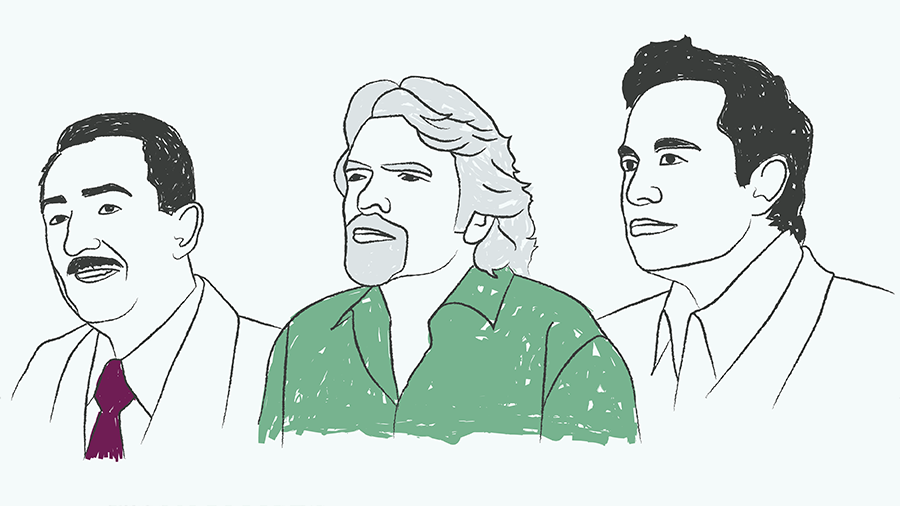
Neurodiversity has a lot of employers scratching their heads, either because they don’t know what it means or because they don’t know why everyone seems to be talking about it all of a sudden.
What it is, broadly, is an umbrella term for a range of neurocognitive differences including but not limited to autism, dyslexia, ADHD (attention deficit hyperactivity disorder), and Tourette’s.
What it isn’t is a fad. If people are talking about these conditions more, it’s almost certainly because people who in years gone by wouldn’t have been diagnosed – perhaps because they are less far along the spectrum – are now getting those diagnoses.
Even so, most specialists consider autism, ADHD and dyslexia to be significantly underdiagnosed, with estimates of their incidence among the general public at 1%, 2.5-4% and over 10% respectively.
We’re talking about this here because we believe businesses are missing out on an important talent pool, and doing a disservice to a large segment of the population. Less than a quarter of autistic people are in employment, for example, and unemployment rates are also estimated to be substantially higher for ADHD and dyslexia.
It’s hardly that they have nothing to offer. Some of the world’s most successful entrepreneurs are neurodivergent, from Elon Musk (ADHD and Asperger’s, which is a form of autism) and Peter Thiel (Aspeger’s) to Richard Branson and Walt Disney (dyslexia). Indeed, one BBC survey suggested 40% of entrepreneurs are dyslexic.
This probably shouldn’t be surprising: one of the key traits of an entrepreneur is to think differently, which is more or less the definition of neurodiversity.
But why then, given that businesses – founder-led and corporation alike – generally seek to be more entrepreneurial and to access wider talent pools, would so few make a conscious effort to engage neurodivergent people?
The key problem is common to most barriers to diversity – the way businesses are calibrated to see ability and potential tends to filter out people who are different.
A friend – who is neurodivergent and who leads a creative team that is over 30% neurodiverse – said, it’s time to stop seeing neurodiversity as a problem to be solved or a box to be ticked, and start seeing it as just another part of what makes people unique.
While he cautions that it’s not all ‘shiny happy people’ – some people struggle deeply to function with their diagnosis – he says neurodiversity should be treated as an extension of cognitive diversity, with all the benefits that brings.
“Many neurodivergent people see their conditions not as a burden but as a superpower. Indeed, people with so called ‘spiky’ profiles – individuals with extraordinary capabilities in certain areas and a lack of predisposition in others – can often prove inspiring, change-making individuals.
“Look at the people who make the biggest impact on the world – are they 7/10 across the board or do they have something that makes them stand out from the crowd?”
Here are three simple steps companies can take to become places where neurodivergent people can thrive and be seen as high potential employees.
Education
As an invisible identity, neurodiversity can be particularly susceptible to misunderstanding. Getting a good understanding of it involves more than just having open conversations and looking on the appropriate websites, but it’s a start. Charities like the National Autistic Society, the British Dyslexia Association and ADHD UK, as well as HR body the CIPD, have numerous resources that can get you going.
Think about adjustments early
Workplace adjustments needn’t be disruptive, but to be effective you need to start early and do a lot of listening. For example, one executive we know with Asperger’s told us they feel great anxiety being in a new place or city.
Isn’t that something that should affect how you approach job interviews and onboarding, where candidates/new recruits are paraded from new person to new person, and place to place?
Treat people as individuals
To get adjustments right, we need to understand that one size doesn’t fit all. Stereotypes absorbed from popular culture are deeply unhelpful – Dustin Hoffman’s turn in Rain Man comes under particularly fire.
It shouldn’t need saying, but we’re talking about human beings not cohorts or categories – if you’ve met one person with autism or Tourette’s, you’ve met one person with autism or Tourette’s. And ultimately it’s as individuals that neurodivergent people can make their most rewarding contribution to your teams, if you make a place for them.
Find out how ORESA can support your people strategy to improve your access to diverse talent.
















